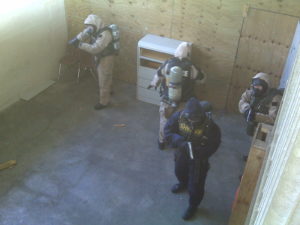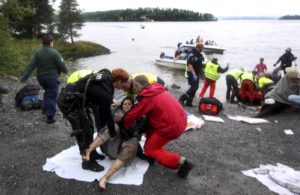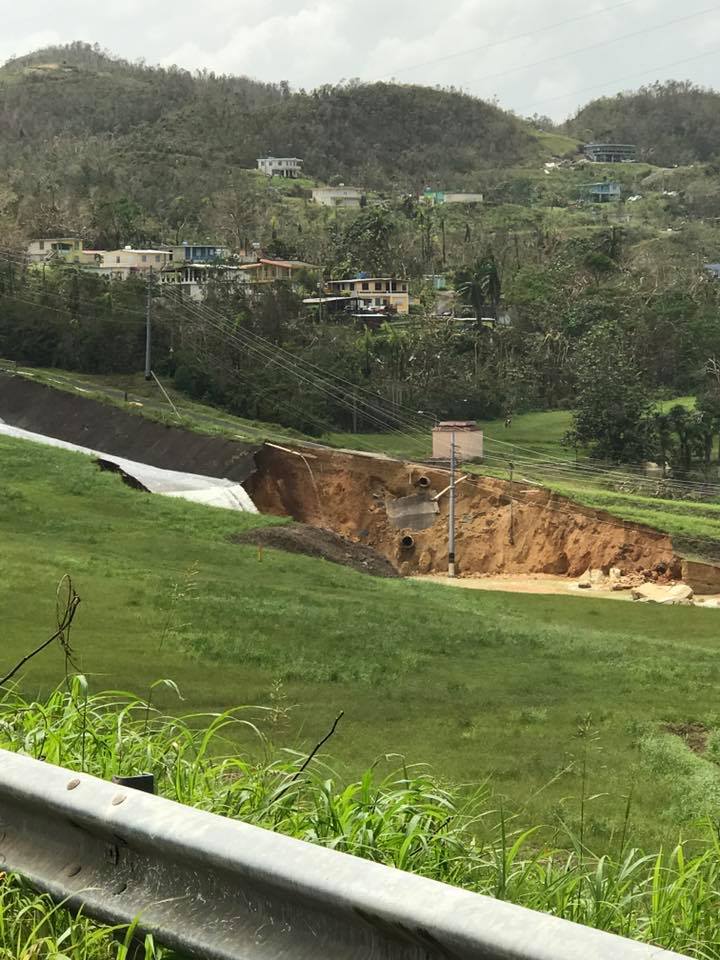Admittedly I am a planning fiend. There are a couple of reasons for this. One, that’s just the way my mind works, always looking down the road to what’s coming up. The second factor weighing in is I’ve been stuck responding to major events where it soon became clear, there was no plan. Having said I like planning, I’m also just as adamant that over-planning can be a huge mistake.

I’ve written many plans. For agencies large and small and all levels of government. An inclusive planning team process has the benefit of developing relationships which will serve you well in major events. Regardless of how many people get involved in the planning process, the only person who really knows what’s in the plan is the author.
Most plans are written to meet a mandate of grant deliverables. I typically only take on clients who want plans that work which means passing on jobs. Boiler plate plans that meet grant guidance are great until the organization has an emergency, then they tend to fall apart quickly. More often than not my formatting means having to develop a crosswalk to explain to the grant agency how my client’s plan meets all the deliverables. I think it yields a better document but it also means more work.

I format my plans so they represent actual capabilities that can be implemented by the organization I am working for. Memorandums of Understanding are great but I hesitate to include outside assets that are not controlled by the organization into the plan. They may or may not be available when an event happens and then you have to go digging to find a replacement.

I’ve been involved in facilitating and evaluating hundreds of exercises from small discussions to massive full-scale events. Exercises should be designed to test plans, but more often than not, instead of following the plan, people revert back to what they do day in and day out. Responding to what’s in front of them and always reacting to events, never out ahead of it.
I helped design and teach a planning course for the Center for Domestic Preparedness. We would walk students through a planning process for an upcoming event and by the end of day two they would have a hard copy of their Incident Action Plan. On day three we would hold a big exercise and it was amazing how many teams reverted back to flying by the seat of their pants to try and manage the chaos. I usually let them struggle for awhile before reminding them that they spent the previous two days writing a plan for the very event happening and it might be useful to use it.

I’ve also been involved with my share of emergencies and disasters, where plans never get pulled out and read. So what’s the answer to our hesitancy to use plans? Forget planning at all?
My suggestion is have a capstone emergency plan but also take the time (very little compared to development of a capstone plan) to develop a library of Incident Action Plans (IAPs). More specifically, initial IAPs. Down and dirty plans they get them started on incident management for a variety of potential threats and hazards they face.
I have offered this workshop for sometime and I always enjoy watching the client teams when they get the hang of developing prioritized IAPs for the first operational period of any event. It tells me they will do just fine when I am not around. What they often find is the first operational period is very short, 30-180 minutes. All we want to do is 1) get organized to manage the event and 2) deal with likely life-safety issues. It’s been my experience and I believe it is supported in disaster epidemiology that we have one chance to get our response organized. Addressing life safety issues is very possible but it takes some thought to make sure the right actions can be taken within the right amount of time with available resources.

The “library” of initial IAPs can be placed where any staff member can access them since you never know who might be the first person to be aware of an event and in position to step up and take Command. These IAPs take up little space as they are usually no more than a page in length. Hard copies or electronic, they give your first Incident Commander a real chance to begin managing an event. Establish Command, open up a planning section and get them working on the plan for the next operational period while you implement your initial IAP. Now you’re ahead of the event and won’t struggle by being reactive.
By pre-planning to develop initial IAPs to get us started, we have a buffer of time which lets us use real-time planning as part of the NIMS/ICS planning process. This may be the answer to our chronic failure to use our existing written plans. I would enjoy hearing thoughts from readers on this simple, yet effective way of getting organized in the early chaotic minutes of an event. If you’re interested in learning more, contact me at abetteremergency@gmail.com




Leave A Comment